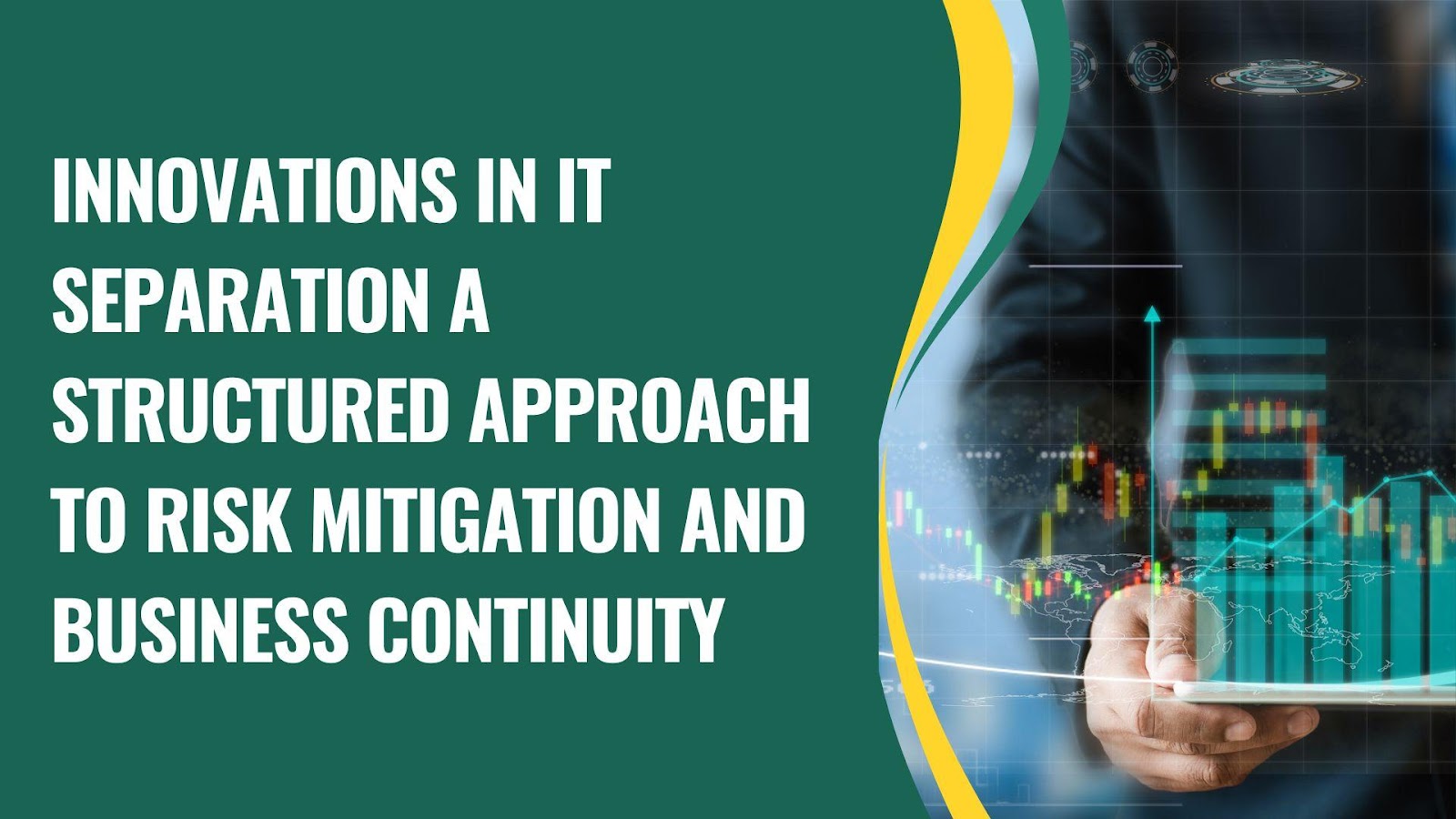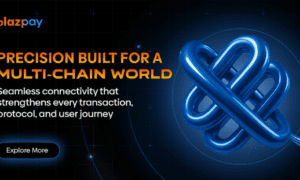In the evolving landscape of enterprise IT, high-risk separation projects are a significant challenge. These projects, driven by mergers, acquisitions, and organizational restructuring, require testing strategies that go beyond traditional methodologies. In his insightful article, Subash Lekshmi Velayudhan delves into the complexities of IT separation, emphasizing the innovative testing frameworks and risk mitigation strategies that ensure seamless transitions. His work highlights the critical need for a structured approach to testing and managing risks in such complex projects.
Unpacking the Complexity of IT Separation
When organizations undergo IT separations, particularly involving core systems like ERP and HR platforms, the risks are considerably higher than traditional implementations. Studies indicate that separation projects face a 64% increased risk of system failure, primarily due to the intricacies of untangling deeply integrated enterprise systems. With multiple layers of integration, businesses face not just technical challenges but also risks to data integrity and operational continuity.
The complexity is heightened by the fact that enterprise systems often maintain a significant number of integration points, sometimes as many as 157 making each one a potential point of failure. Furthermore, systems have evolved through multiple cycles of integration, leaving behind technical “artifacts” that need to be accounted for during separation efforts.
Data Integrity and Risk Management: Core Priorities
One of the article’s key innovations lies in the thorough emphasis on data integrity and its role in high-risk separations. Organizations are tasked with maintaining data consistency, especially when multiple systems are interconnected. Studies show that separated systems often experience critical incidents related to data synchronization and integration failures shortly after separation. This makes it imperative for separation testing to integrate data integrity as a core component, ensuring that business operations continue uninterrupted.
Moreover, the concept of “integration debt” is introduced, a phenomenon where approximately 34% of system interconnections become obsolete but remain active, further complicating the separation process. This issue requires precise testing methodologies to ensure that all dependencies are properly addressed, and the organization’s systems function cohesively post-separation.
Innovative Testing Methodologies for Complex Systems
A notable contribution of this work is the focus on innovative testing strategies for complex systems. Traditional testing approaches are inadequate for enterprise separation projects, which require both technical precision and business continuity. A comprehensive testing framework is essential, spanning various phases: planning, execution, and performance validation.
In the planning phase, a detailed analysis of the enterprise architecture is crucial. A focus on validating business process continuity across organizational boundaries ensures that the transition does not disrupt business operations or harm customer satisfaction.
Strategic Risk Mitigation Frameworks
A significant innovation discussed is the development of structured risk mitigation frameworks. The resource-based view (RBV) of risk management is proposed, focusing on four key resource categories: physical capital, human capital, organizational capital, and financial capital. This strategic focus ensures that organizations are prepared for the risks that arise across different phases of the separation, with specific contingency plans for each resource category.
The work emphasizes the importance of monitoring and adjusting risk strategies based on ongoing assessments. Successful separation projects incorporate dynamic testing capabilities that adapt to changing system behaviors and organizational shifts, strengthening the overall risk management framework.
A Path Toward Successful Separation Projects
As enterprises face increasing pressure to transform and separate IT systems, the importance of a comprehensive, well-structured approach to testing and risk mitigation cannot be overstated. This article provides a roadmap for navigating the complexities of separation projects, focusing on the need for strategic testing frameworks, robust risk management, and a deep understanding of both technical and organizational challenges.
By integrating innovative testing methodologies and comprehensive risk mitigation strategies, organizations can ensure a smooth separation process that preserves business continuity, maintains data integrity, and minimizes operational disruptions.
In conclusion, Subash Lekshmi Velayudhan‘s work offers invaluable insights into the evolving field of IT separation. His research outlines a framework that not only addresses the technical challenges of enterprise system separation but also takes into account the organizational and human factors that are critical to success. By adopting these strategies, organizations can manage high-risk separation projects more effectively, ensuring operational stability and long-term success.



































